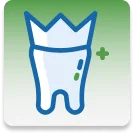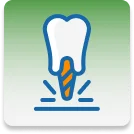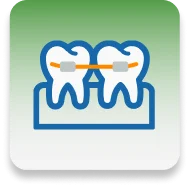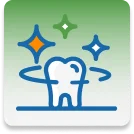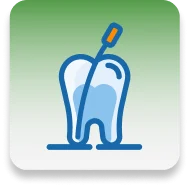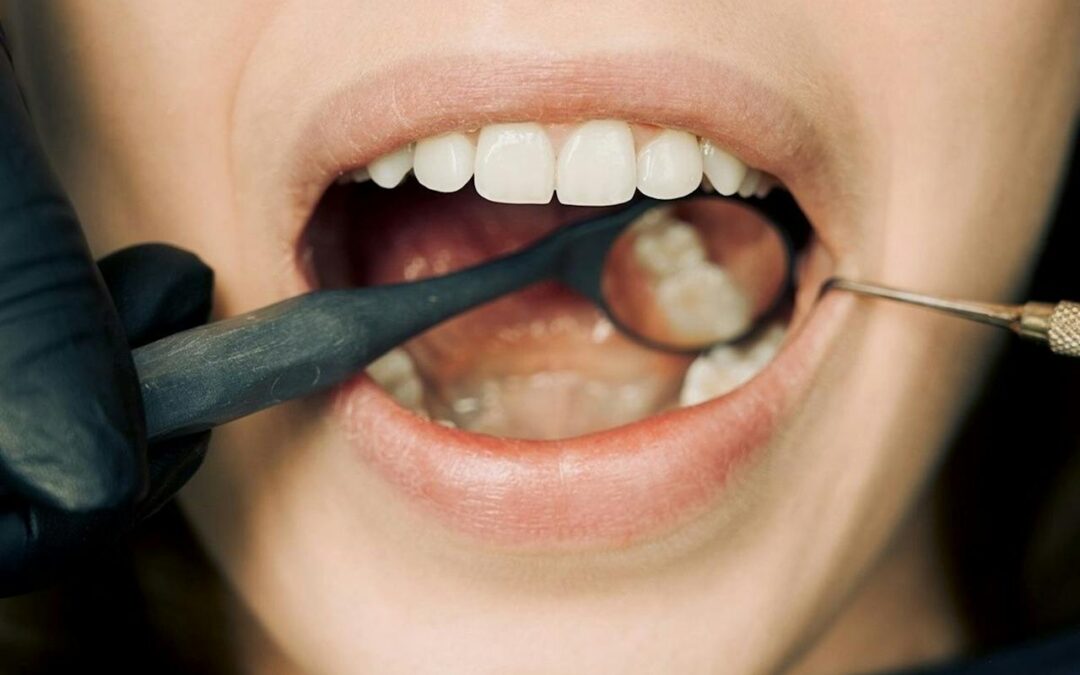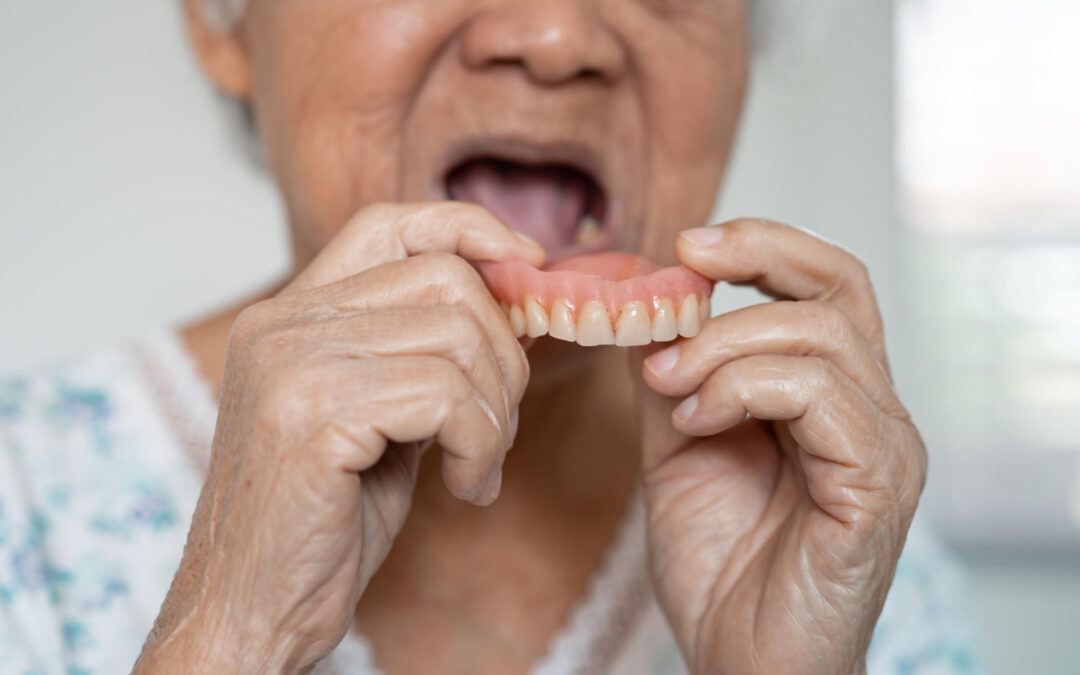Periodontal disease, often known as gum disease, is a common issue many people face. It affects the gums and can lead to serious damage if not addressed early. While it might start quietly, it’s important to know the signs so you can act quickly to protect your dental health.
Early signs like bleeding gums or bad breath are often easy to notice. These symptoms are a clue that something isn’t right with your gums. Paying attention to how your mouth feels and looks daily can make a big difference in catching periodontal disease early.
Taking charge of your dental health doesn’t stop at recognizing symptoms. Knowing what to do when you see these signs is just as important. From improving your daily dental care to visiting your dentist regularly, there are several steps you can take to help keep your gums healthy and your smile strong. This article will explore the signs and solutions for periodontal disease, offering clear and simple ways to manage and prevent it.
Understanding Periodontal Disease
Periodontal disease, commonly called gum disease, is an infection that impacts the gums and the structures that support your teeth. This condition begins with inflammation of the gums and can progress to affect the jawbone that supports the teeth. Periodontal disease can cause tooth loss and other serious health problems if left untreated.
At its core, periodontal disease is caused by bacteria in dental plaque—a sticky substance that forms on teeth. If plaque isn’t removed through regular brushing and flossing, it can harden into tartar, further irritating the gums and forming pockets that can become infected.
Gum disease consists of two main stages: gingivitis and periodontitis. Gingivitis is the milder form and is the early stage where your gums become red and swollen. You might notice them bleeding when you brush your teeth. Gingivitis can usually be reversed with proper dental hygiene.
Periodontitis is the more advanced form and occurs if gingivitis isn’t treated. It leads to the gums pulling away from the teeth, forming pockets that can fill with bacteria. This stage can harm the bone structure supporting your teeth and may lead to tooth loss if not managed carefully. Understanding these stages is crucial for protecting your oral health.
Recognizable Signs of Periodontal Disease
Spotting the signs of periodontal disease early can help prevent further issues. One of the first signs you might notice is bleeding gums, particularly after brushing or flossing. Also, persistent bad breath or a bad taste in your mouth can indicate bacterial buildup.
As the disease progresses, other more noticeable symptoms may appear. Gum recession is a common sign, where your gums pull back and expose more of your tooth, sometimes reaching the root. You might also find that your teeth feel loose or the fit of your partial dentures changes. These are critical indicators that the disease has advanced.
Tooth sensitivity or discomfort can also signal gum issues. If hot, cold, or even sweet foods cause discomfort, it might point to gum and tooth problems needing attention.
Watching for these signs involves being attentive to changes in your mouth. If you notice any of these symptoms, it’s important to act without delay. Early detection can make a huge difference in managing periodontal disease effectively.
Steps to Take If You Notice Symptoms
If you spot signs of periodontal disease, taking immediate action is crucial to maintaining your oral health. Begin by enhancing your daily dental routine. This means brushing your teeth at least twice a day using a soft-bristled toothbrush. Make sure to floss daily to remove any trapped food particles and plaque between your teeth that your toothbrush can’t reach.
Next, it’s essential to arrange a dental appointment promptly. A professional evaluation is necessary to determine the extent of your gum issues and develop a treatment plan tailored to your needs. Your dentist may recommend different treatments based on the severity of your condition. A professional cleaning known as scaling and root planing might be sufficient for mild cases. This deep-cleaning process helps remove tartar and smoothes the tooth root to remove bacteria.
For more advanced stages, additional treatments like antibiotics to kill infection-causing bacteria or surgical interventions to repair damaged tissues may be recommended. Recognizing symptoms early and taking swift action can prevent further gum deterioration.
Preventive Measures for Gum Health
Keeping your gums healthy is a continuous effort that involves a few key daily habits. First, make oral hygiene a non-negotiable part of your routine. Brush your teeth for two minutes at least twice daily, ensuring you cover all surfaces. Flossing daily is equally important to get rid of plaque that lingers between your teeth.
Routine dental visits are another cornerstone of gum disease prevention. Seeing your dentist every six months for cleaning helps catch any early signs of gum issues before they worsen. These visits allow for professional cleanings and monitoring that could highlight problem areas in your mouth.
Beyond brushing and flossing, support your gum health with other healthy lifestyle choices. Eat a balanced diet rich in vitamins and minerals to promote strong, healthy tissues. Staying well-hydrated and avoiding tobacco products also support oral health. Conscious choices in your everyday life can significantly reduce the risk of developing periodontal disease.
Conclusion
Addressing periodontal disease starts with recognizing the signs and knowing what steps to take when problems arise. From brushing and flossing habits to regular dental check-ups, maintaining gum health involves a mix of vigilant care and professional guidance. These consistent efforts prevent disease and enhance oral health, allowing you to enjoy a confident smile.
If you’re concerned about symptoms or want to ensure your gums stay healthy, schedule a visit with Jordan M. Job DDS today. Our team is ready to assist you with comprehensive periodontal treatments and dental care to keep your gums in excellent condition. You’re investing in a lifetime of healthy smiles by taking action with proper care and prevention.

